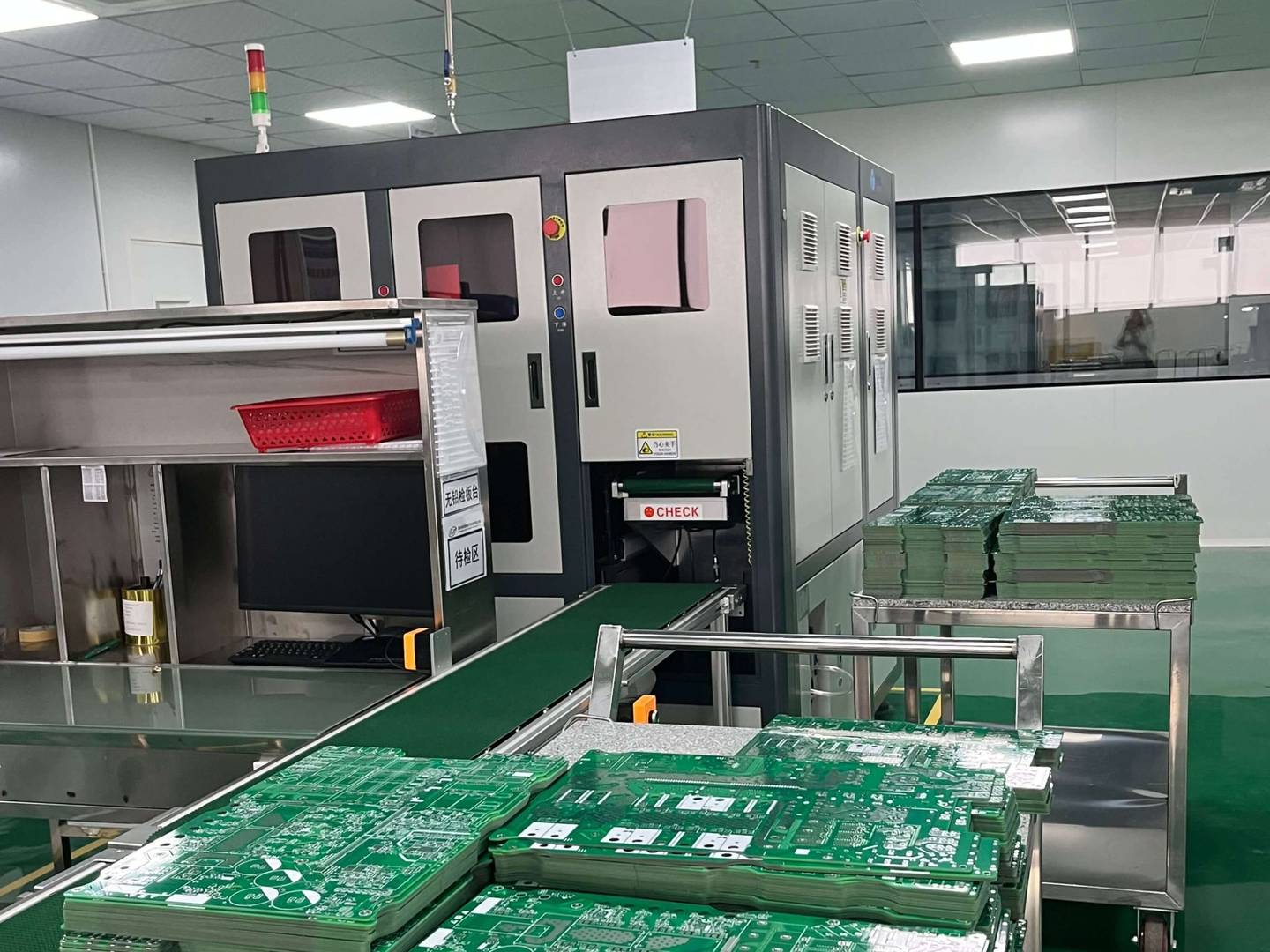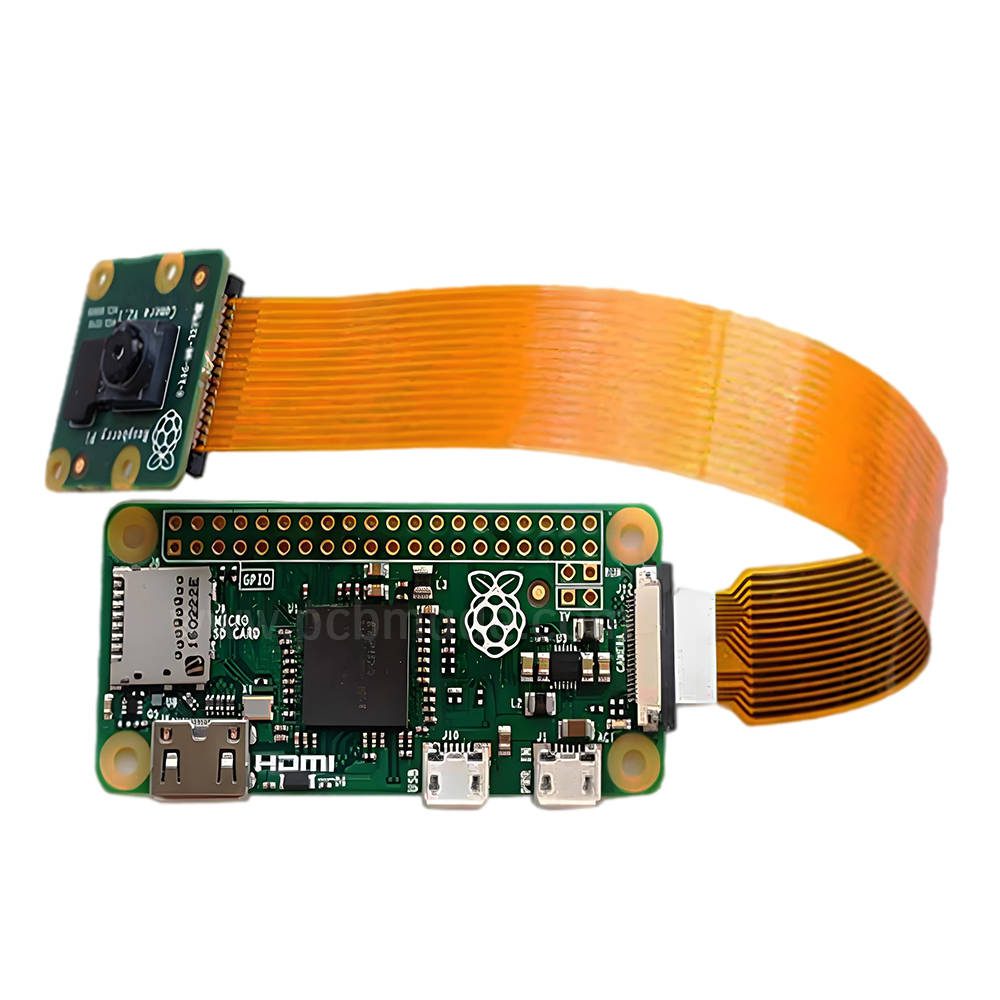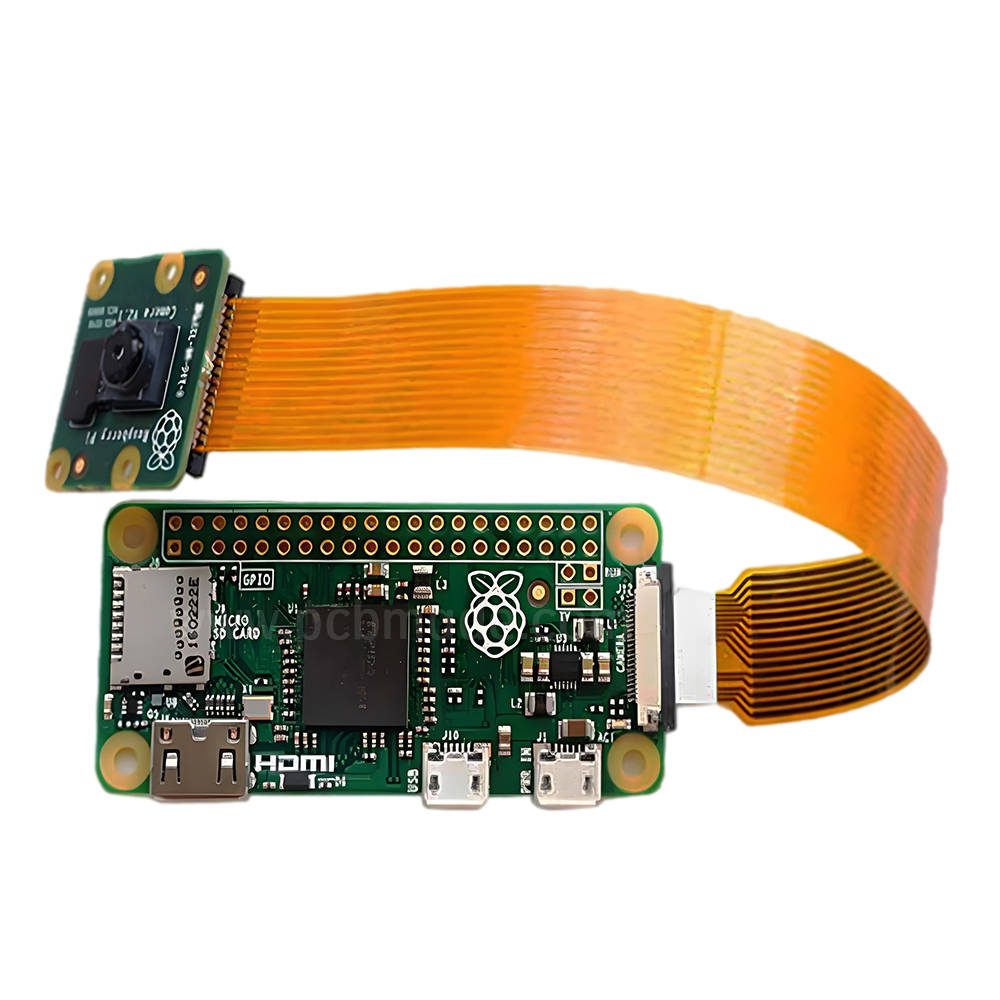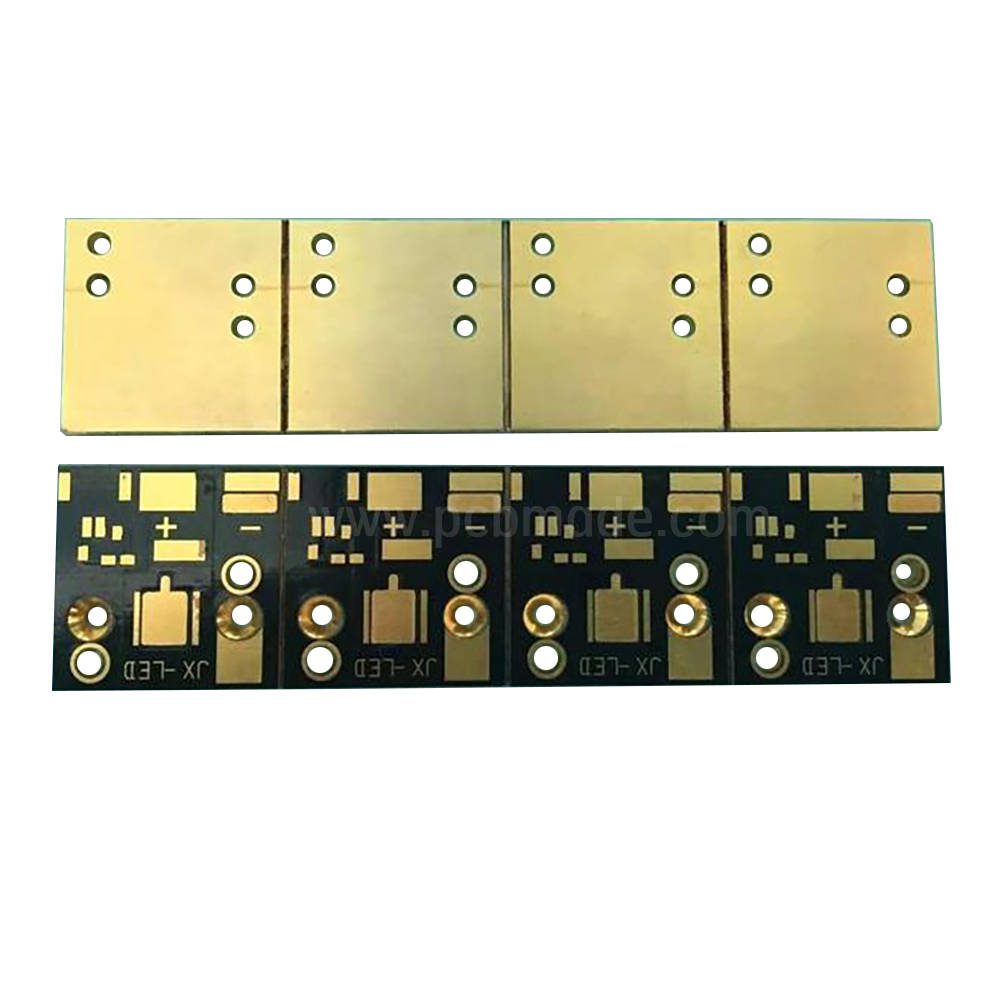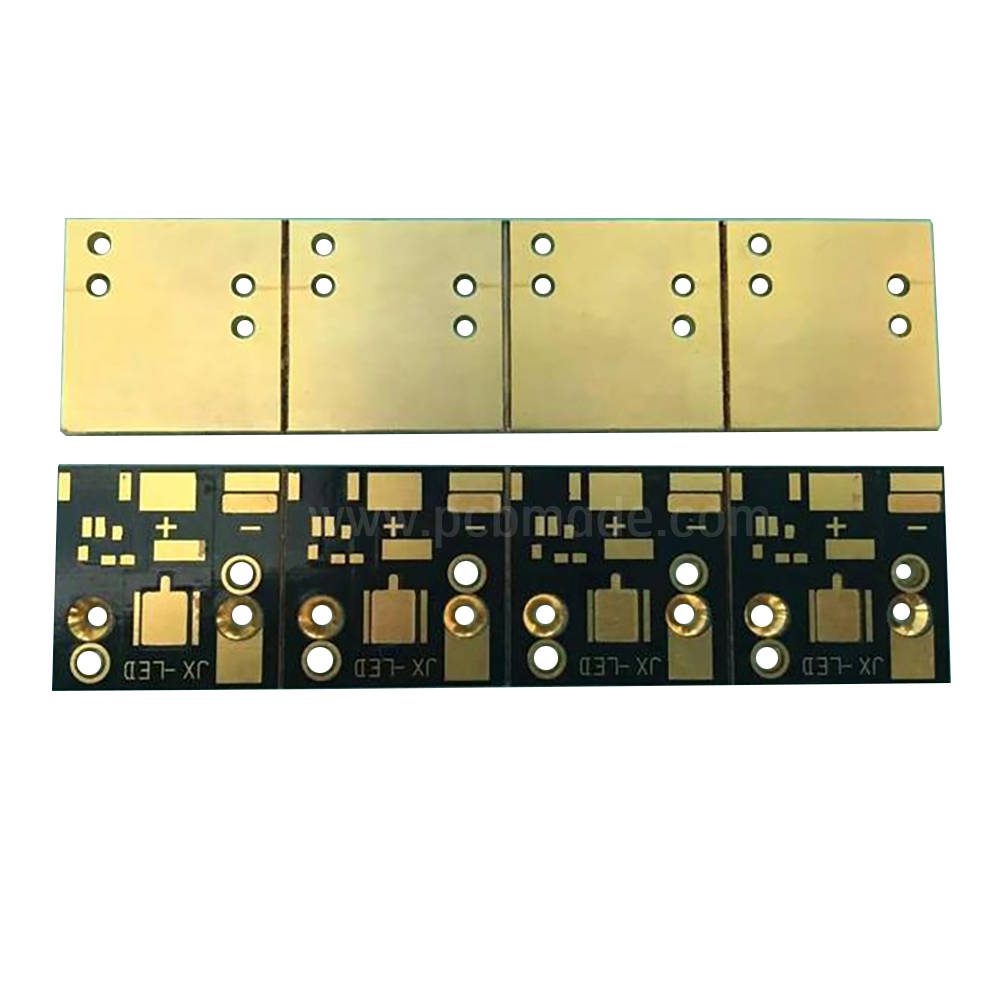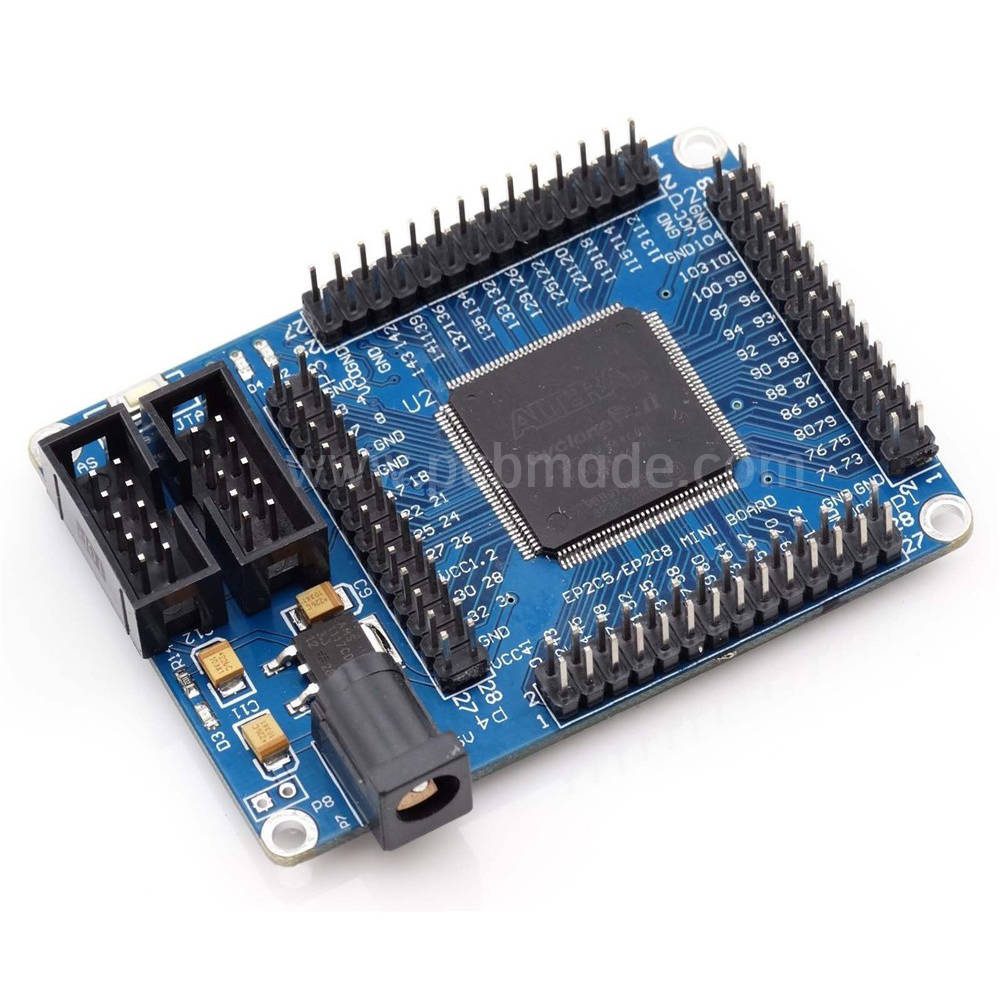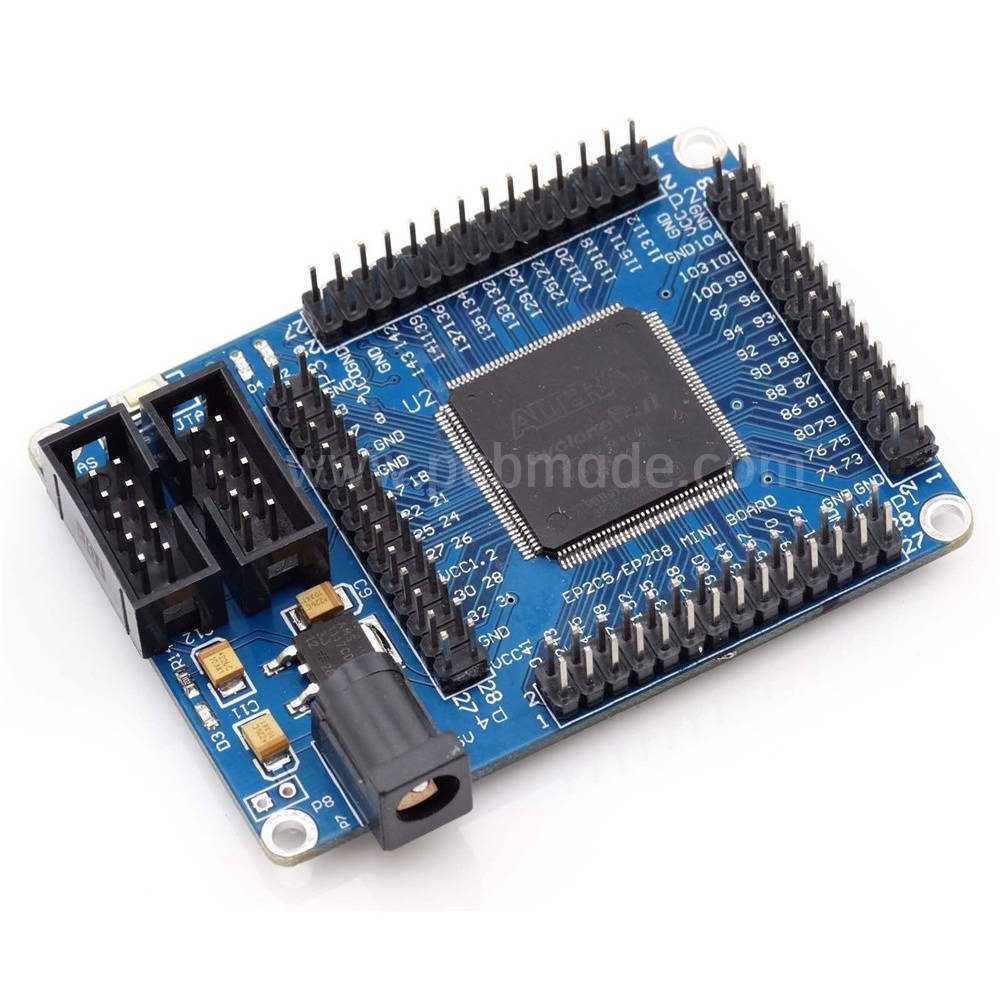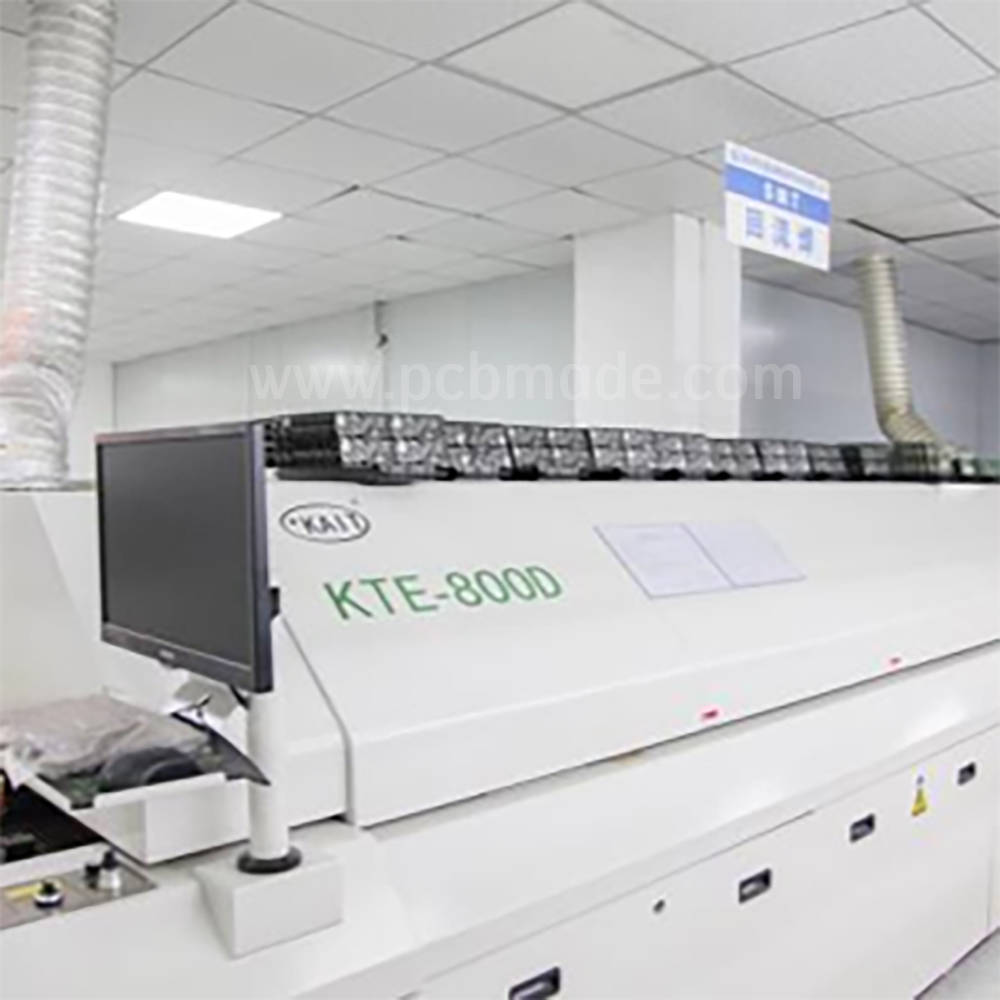In the field of PCB design and manufacturing, multi-layer boards have become the mainstream choice. However, you may be curious why multi-layer boards are usually designed with even layers, and it is rare to see designs with odd layers. Today, we will uncover the secrets of this industry and answer why multi-layer boards are usually even numbered layers, and whether odd numbered layers are capable of handling them.
Firstly, let’s understand the structure of multilayer boards.
A multi-layer board is composed of two or more alternating layers of conductive and dielectric layers. The conductive layers are connected through apertures to form electrical connections. Each conductive layer can transmit signals, while each dielectric layer serves as an isolation and support.
Why are multi-layer boards usually even numbered?
One of the main reasons is the consideration of signal integrity. In multi-layer boards, adjacent dielectric layers between the inner signal layers can provide good electromagnetic shielding effect, reducing signal interference and crosstalk. However, multi-layer boards with odd numbered layers may experience interference in signal transmission due to the lack of electromagnetic shielding from the inner dielectric layer, resulting in a decrease in signal integrity.
In addition, the design of multi-layer boards with even layers also makes it easier to achieve symmetrical wiring, improving the stability and reliability of the circuit board. During the wiring process, designers can pair the signal layer with the ground or power layer to create a balanced electromagnetic environment. In this way, the speed and stability of signal transmission can be better guaranteed.
So, are odd layered multi-layer boards completely inadequate?
and be not so. In some special cases, multi-layer boards with odd layers can also be used. For example, in certain specific high-frequency applications, odd layered multilayer boards can reduce signal interference through special design and wiring methods to meet specific requirements.
In summary, PCB multilayer boards are usually designed with even layers. This choice is based on considerations of signal integrity, electromagnetic shielding effectiveness, and symmetrical wiring. However, multi-layer boards with odd layers can also be competent in certain specific situations. In practical design, we need to choose the appropriate multi-layer board structure based on specific application and performance requirements.
By understanding the design principles of PCB multilayer boards, we can better understand why multilayer boards are usually chosen with even layers, and understand that odd layers can also be competent in specific situations. In the field of PCB design and manufacturing, continuous learning and exploration of new technologies and methods will help improve product reliability and performance, and promote the development of the industry.


